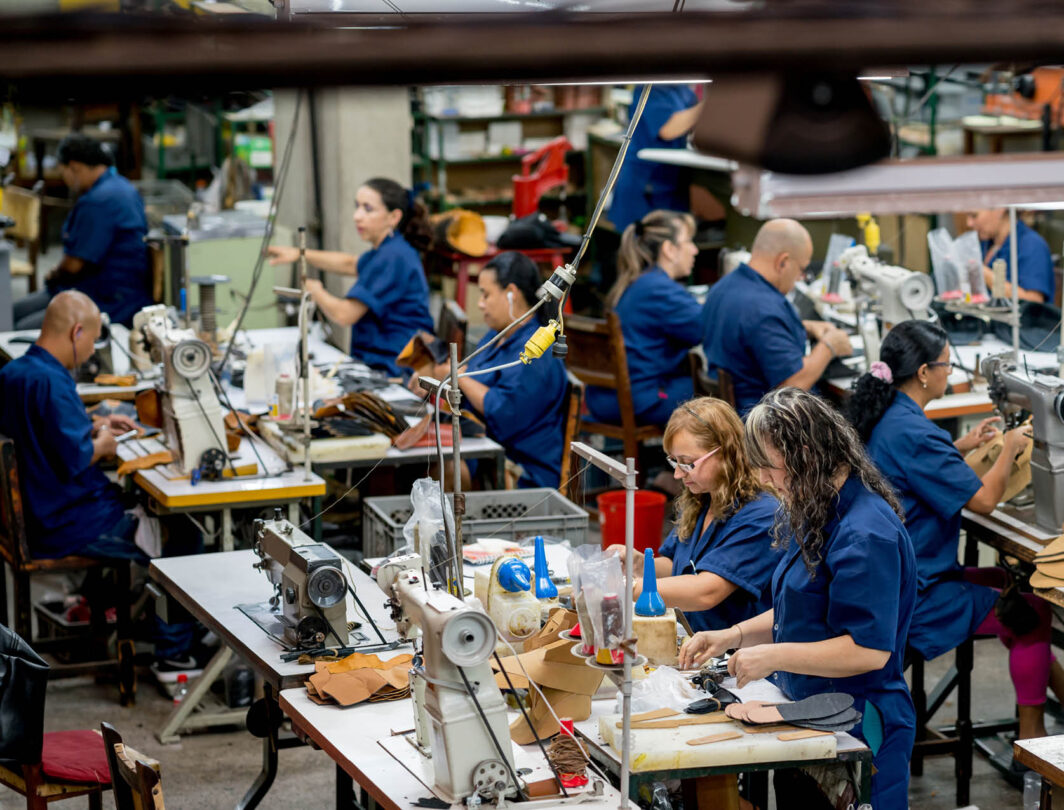With a globalized supply chain, mistakes happen.
In June 2020, the FDA alerted consumers about a voluntary recall of hand sanitizer that potentially contained methanol (wood alcohol), which could be toxic when absorbed into the skin or ingested. Methanol poisoning can result in nausea, vomiting, headache, blurred vision, permanent blindness, seizures, coma, permanent damage to the nervous system, or death.
And in July 2020, the European Commission issued an alert around a hand sanitizer gel that contained methanol but also contained an insufficient amount of ethanol and propan-2-ol, which meant that it didn’t kill bacteria or viruses, which could then reach the user.
Particularly at a time where we are reliant on cleaning products like this, the product recalls were necessary. Businesses are responsible for producing safe products that contain the ingredients and nutrition they promise. And consumers must trust that the products they have bought are safe.
Unfortunately, as these two examples show, mistakes happen. And this is why it is so important that businesses get their supply chain processes right, and when issues arise, a thorough, efficient, and useful product recall process.
Here are tips on getting product recalls and your handling of the supply chain right:
1. Stay on top of changing regulations
Product safety regulations are complex, vary among different countries, and change frequently—they are almost always becoming stricter. When your manufacturing business expands into different countries, compliance burdens will grow, as well as the likelihood and complexity of product recall.
Having a central regulatory repository (part of a modern ERP system) would help you comply with existing regulations and to implement new ones. It provides a solid frame of reference to keep you on the right side of the law, wherever you operate.
2. Maintain robust and up-to-the-minute supply chain visibility
When a product is identified as defective, whether by consumers or higher up in the supply chain, you must determine the potential extent of the contamination, asking these questions:
- Which product batches were faulty?
- What raw materials were involved?
- Which other batches shared the same raw material, or passed through the same production facilities?
- Is this problem new, or has it been happening for some time?
Having up-to-the-minute data to answer these questions, you can quickly identify exactly where the problem lies, and address the issue with confidence, provide market reassurance and mitigate recall cost.
To gain data access in real-time, you must store data centrally, you to track data from the furthest reaches of the supply chain, through the production process, and from customers. Regulators will expect you to connect ingredients and customers through complex, multi-production processes. The result of not having these processes in place can be a massive recall that could bankrupt a company.
3. Be totally transparent, information travels fast
Consumers can access reports of product issues as quickly as anybody publishes it. A badly handled product recall can damage the reputation of your business—sometimes irreparably—so you need to control the narrative. The safest and best strategy is to communicate with authenticity that you are in control of the situation, and that you have the right solutions in place.
So as not to lose consumer trust, never make statements that you do not know for certain to be completely true, especially when the pressure is on during a product recall. It is here where having strong visibility of your supply chain is crucial, because it allows you to be authentic about the potential extent of problems and quickly pinpoint the cause, essential to protecting your reputation.
4. Reduce the risk and impact of a product recall
Prevention is better than cure, and while it is impossible to eliminate the chance of a product recall entirely, there are steps to reduce its likelihood and mitigate consequences:
- Undertake mock product recalls
- Streamline and thin product lines and packing options.
- Hold on to samples from product batches to quickly test for defects.
- Reduce batch quantities to make it easier to isolate faulty products.
- Maintain strong communication with everyone in your supply chain.
- Continually analyze and improve supply chain processes to minimize risk.
- Monitor customer feedback, including social media, to identify defects immediately.
- Maintain a dedicated crisis management team.
5. Have an emergency-ready crisis management plan
Time is of the essence with a food and beverage product safety issue. It is also advisable to have a pre-determined crisis management plan in place to ensure you are permanently crisis ready.
An effective food and beverage crisis management plan might include some or all of these points:
- Determine the severity of the risk.
- Identify the extent of contamination, and isolate affected batches.
- Notify distributors and retailers as quickly as possible.
- Put tried-and-tested product recall procedures into action.
- Report the product issue to the relevant authority.
- Publish transparent information on the recall to customers.
